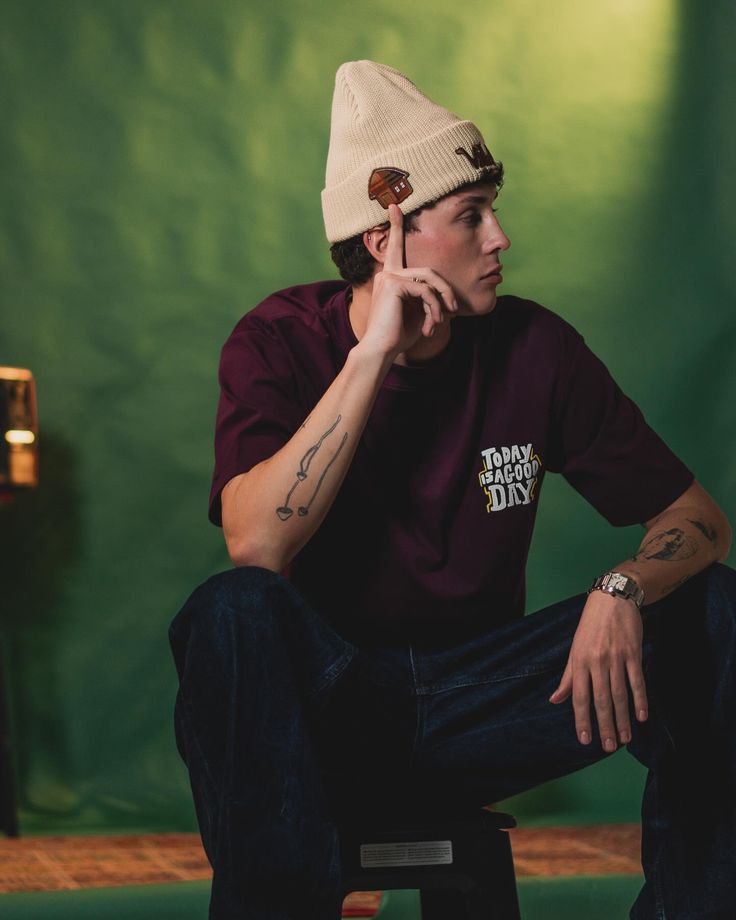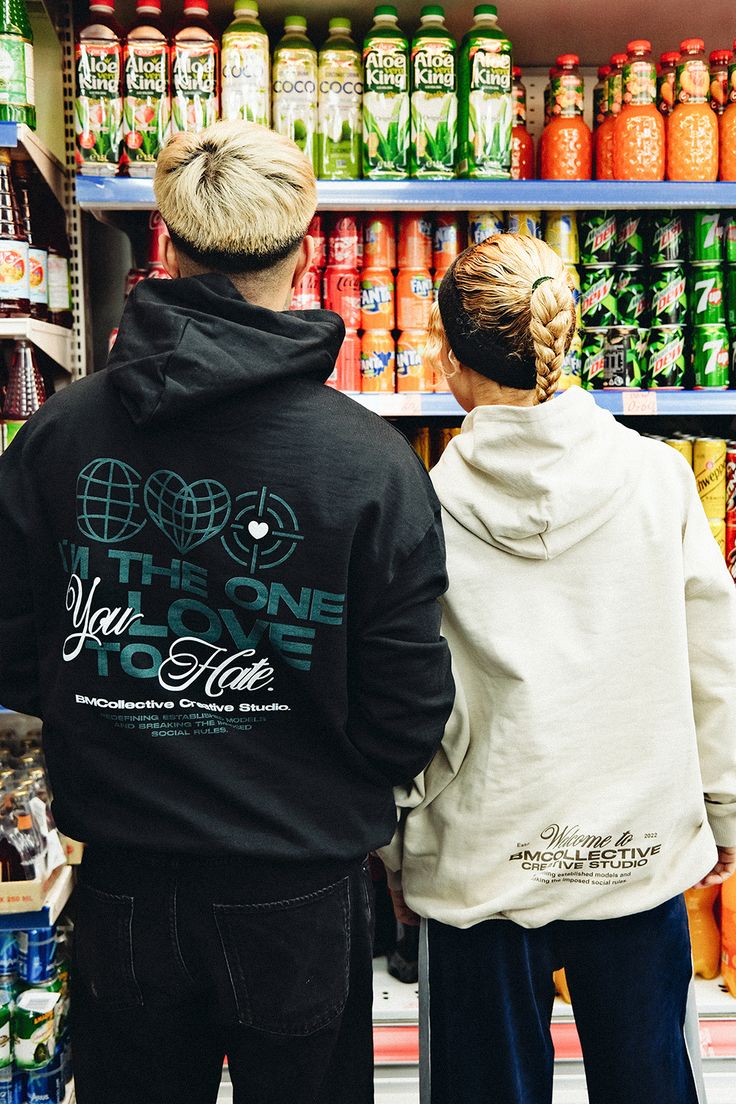No products in the cart.: $0.00
Layered Graphics: The Complex Visual Storytelling of 2025’s Hoodie

The hoodie has evolved from a simple utilitarian garment into a canvas for rich, layered storytelling through graphic design. In 2025, this evolution has reached a peak, with designers merging cultural narratives, digital artistry, and tactile techniques to redefine streetwear’s most iconic piece. This article explores the multifaceted world of hoodie graphics in 2025, shedding light on the creative processes, thematic trends, and consumer impact of this intricate art form.
The Rise of Conceptual Layers in Streetwear
Streetwear has always embraced visual communication, but the approach has matured significantly. In 2025, hoodies aren’t just printed; they’re composed. Designers utilize a range of visual layers – from traditional screen prints and embroidery to augmented reality (AR) tags and QR-linked digital art. This creates a multi-dimensional experience where each hoodie tells a story not just visually, but interactively.
Technology as a Design Partner
Advancements in design technology have revolutionized hoodie graphics. AI-assisted design tools allow for complex pattern generation, while 3D textile simulations provide realistic previews of how graphics will appear on fabric in motion. This year, we also see increased use of programmable LED threads and thermochromic inks that alter the visual narrative based on environment and user interaction.
Themes Shaping the 2025 Hoodie
Designers in 2025 are exploring themes that resonate on a global scale. Environmental awareness is depicted through nature-inspired motifs layered with statistics about climate change. Social justice messages are communicated through abstract art, code-infused glyphs, and ancestral symbolism. Pop culture references are more nuanced, often embedded as Easter eggs within the design.
Typography and Narrative Typography
Fonts have become narrative tools in themselves. Variable fonts, dynamic kerning, and illustrative lettering help express emotions, identities, and ideologies. Designers use typographic layers to simulate conversations or monologues, inviting the viewer to interpret the text as part of a broader graphic language.
Textures and Material-Driven Graphics
In 2025, the choice of fabric heavily influences graphic layering. Puffy prints, silicone transfers, chenille patches, and mixed media are used not just for aesthetic appeal but to enhance tactile storytelling. Textures evoke emotions and emphasize certain messages – a cracked ink layer might suggest decay, while a glossy overlay implies newness or tech-influence.
Customization Culture
Personalization continues to be a driving force in hoodie design. Consumers are co-creators, often choosing or modifying graphic layers through online configurators. Brands offer options to upload personal data, such as favorite songs, locations, or photos, to generate unique graphical elements via algorithms.
Cultural Synthesis and Global Symbols
Hoodie graphics in 2025 reflect a melting pot of cultures. We see Japanese brush art blending with African textile patterns, or Latin American graffiti styles interacting with Nordic runes. These combinations create dialogues across borders, fostering a global aesthetic consciousness.
Brand Identity and Graphic Storytelling
For brands, hoodie graphics are now core elements of identity. Logos are often just the starting point. Narrative-driven artwork tells the brand’s history, values, or even founder stories. Some brands release hoodie series that build upon each other like visual novels, turning each drop into a chapter.
Retail Experience and Digital Extensions
The storytelling continues beyond the physical garment. AR filters and mobile apps offer extended experiences, such as scanning the hoodie to unlock a song, video, or behind-the-scenes creation process. Retailers leverage these interactions to deepen consumer loyalty and create memorable brand touchpoints.
Sustainability and Visual Messaging
Sustainability isn’t just in materials but also in messaging. Eco-conscious brands design graphics that raise awareness about fashion waste, water use, and ethical labor. These messages are embedded subtly or overtly in the artwork, turning the hoodie into an activist’s billboard.
The Role of Collaboration
Collaborations in 2025 often merge graphic DNA from multiple creatives. A music artist might contribute lyrics, a visual artist might reinterpret them, and a tech company might enhance it with interactivity. These multi-layered designs celebrate cross-discipline creativity and deepen consumer engagement.
Collector Culture and Limited Editions
Hoodie graphics are now seen as collectible art. Limited drops, artist-signed editions, and authenticated digital twins (NFTs) drive demand. Collectors analyze design layers, much like art critics interpret brush strokes, valuing originality, technique, and narrative depth.
Educational Impact and Designer Influence
Design schools and online platforms now teach hoodie graphic design as a standalone discipline. Influencers and tastemakers spotlight designers pushing boundaries with their layered visuals, turning niche talents into mainstream stars.
The Future of Hoodie Graphics
Looking ahead, we can expect even more immersive hoodie experiences. Innovations like haptic feedback, scent-releasing fibers, and AI-curated stories may soon add sensory dimensions to hoodie storytelling. As the hoodie continues to evolve, it will remain a crucial medium for expressing personal and collective identities.
Conclusion
The hoodie in 2025 has transcended its humble beginnings. Through layered graphics, it has become a medium for storytelling, activism, culture, and technology. Every thread, font, and overlay adds to a narrative that speaks not just to fashion, but to the times we live in. As visual storytelling continues to evolve, the hoodie stands as both canvas and catalyst for creative expression.



